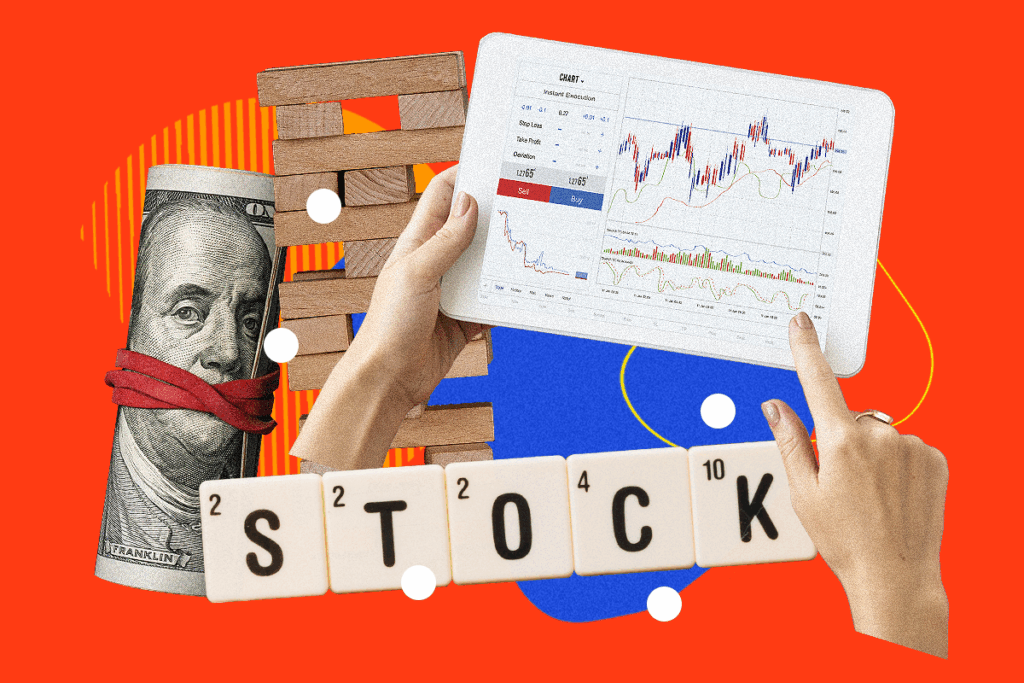Are Alternative Investments Too Risky? Endowments and Pension Funds Say No
Retail investors might see alternative investments as risky, but endowments invest more than half their portfolio in alternatives—and with good results.

Alternative investments are often called risky. And with some alternative assets, which include everything outside of stocks and bonds, this is true.
Alternative investing can involve speculation, or taking on a high degree of risk in hopes that you’ll earn significant returns. It can mean investing in fields that require a lot of niche knowledge or don’t involve as much transparency as the stock market. Some alternative assets are highly volatile, and others are highly illiquid.
However, if alternative investments are inherently risky, why do they make up over half of the investments in most endowments? And roughly 30% of the investments in pension funds? Institutional funds have dramatically increased their allocation to alternative investments in the past two decades, and since then, they’ve actually seen a decrease in risk and an increase in returns.
So what’s the deal? Are alternatives high risk or low risk? And should you invest in them?
Not all alternatives are created equal when it comes to risk
It’s important to note that alternative investments is a large umbrella term that covers everything outside of stocks and bonds. Alternatives include:
- Real estate
- Farmland
- Lending investments
- Venture capital
- Private equity
- Collectibles
- Fine art
- Wine
- Gold and precious metals
- Cryptocurrency
Clearly, some of these assets are far riskier than others. There are a few alternatives that are inherently low risk, especially when compared to the stock market. Real estate investments and farmland, for example, are historically far less volatile than the market. They’re also tied to real assets that tend to hold value well over time, making them less risky. At the same time, real estate and farmland investments provide returns that are comparable to stock market investments. This means that the right alternatives can actually lower your portfolio’s risk level without lowering your returns.
Returns from high-risk investments can pad your losses
Of course, other alternatives, such as cryptocurrency and venture capital, are seen as high risk. It’s true that a single venture capital investment viewed on its own is highly risky. As the oft-cited statistic goes, 9 out of 10 startups fail, and the risk of total loss when investing in startups is much higher than with any traditional investment.
However, if you were to spread your investment across 10 startups, and only allocate a small portion of your portfolio to those startups, returns from one successful startup could make up for your losses with the other 9 and any losses your portfolio experiences during a market downturn.
This is why Princeton’s wildly successful endowment fund allocates 30% toward private equity, a portion of which goes to venture capital. In fact, thanks to these private equity investments, the fund returned 46.9% in the last fiscal year—the 2nd best amongst all Ivy Leagues. According to Andrew Golden, who manages the endowment, just five venture capital investments were responsible for 8 percentage points of that gain.
Allocation and diversification matter in determining risk
All investments involve risk, but viewing them in isolation rather than looking at how they’re integrated into your portfolio gives you an inaccurate picture of their risk level.
The riskiest thing you can do is put all your investments in one place. This is why index funds were started—to help investors spread their money across a wide range of different stocks, thus mitigating any losses that occur when one stock or one sector crashes.
Diversification, when done properly, is an effective way to lower your risk. Diversifying even more by adding alternative investments to your portfolio, therefore, can make it even less risky—as long as you get the allocation right. Is putting 75% of your net worth in Bitcoin risky? Extremely. Is putting 1% of your net worth in Bitcoin risky? Not so much.
In many ways, incorporating high-risk, high reward assets into your portfolio properly can actually help lower your risk of loss. If they’re uncorrelated assets—that is, they move independently from the stock market—they may gain value as your stocks lose value. For example, data from AngelList suggests that venture capital investments aren’t correlated with stock market returns. One whitepaper from Invesco actually shows a negative correlation of -0.06% between venture capital returns and large-cap stocks. After all, as AngelList puts it, innovation isn’t correlated with the stock market—and in fact, innovative startups tend to shine the most during economic recessions.
How this translates to retail investors
Of course, your average investor can’t afford to invest in 10 different startups—especially not if venture capital is meant to make up less than 5% of their portfolio. What’s more, most alternative investments weren’t even historically available to retail investors.
A lot of this has changed in recent years thanks to the proliferation of crowdfunding and fractional investing platforms. These platforms pool your money with other investors so you can become part-owner of a work of fine art or invest a much smaller amount into startup ventures.
For example, MicroVentures lets you invest in startups for as little as $100. This means that all you need to diversify your investments across 10 different startups is $1,000.
Again, make sure you aren’t allocating too much of your portfolio to these investments. If your net worth is only $2,000, putting half of it into startup investments is probably too risky. Investing in alternatives is all about balancing risk and reward by getting your allocation right.
